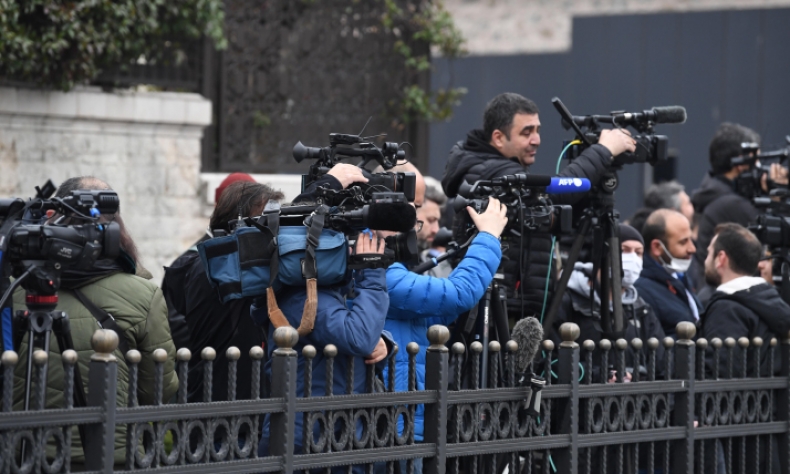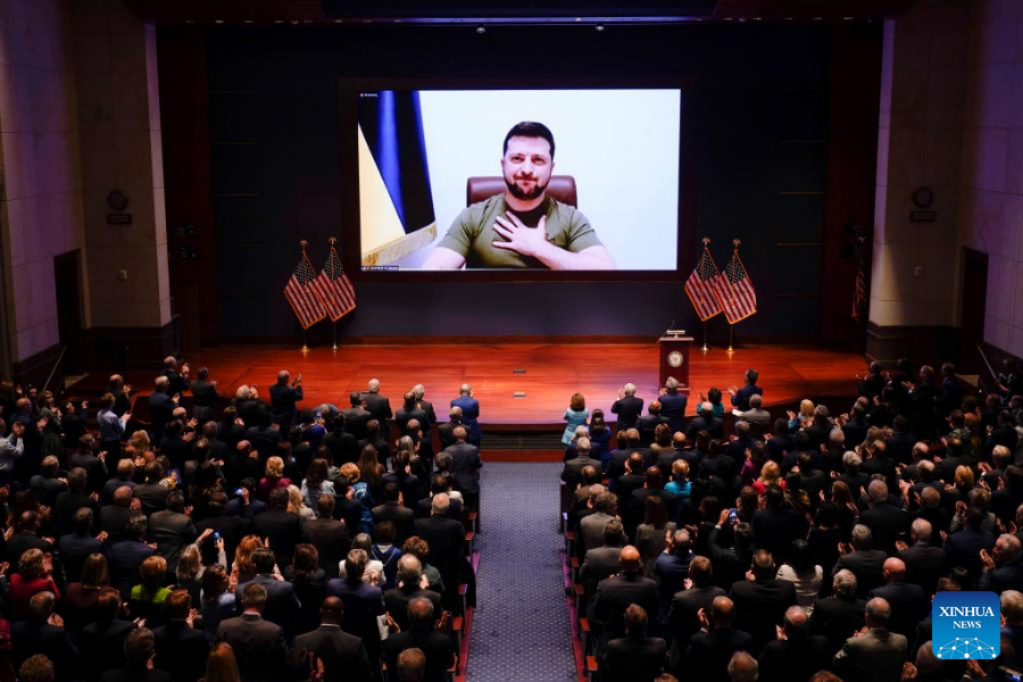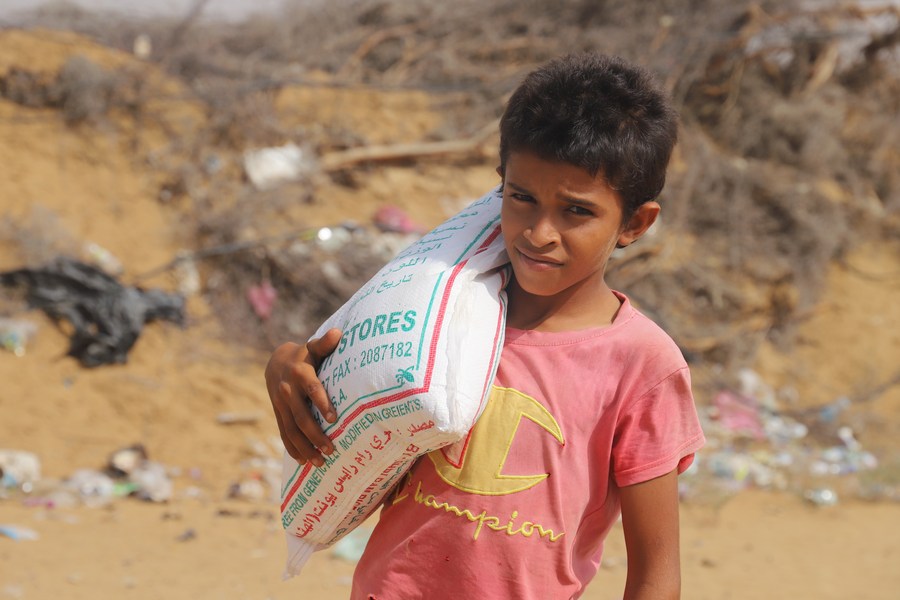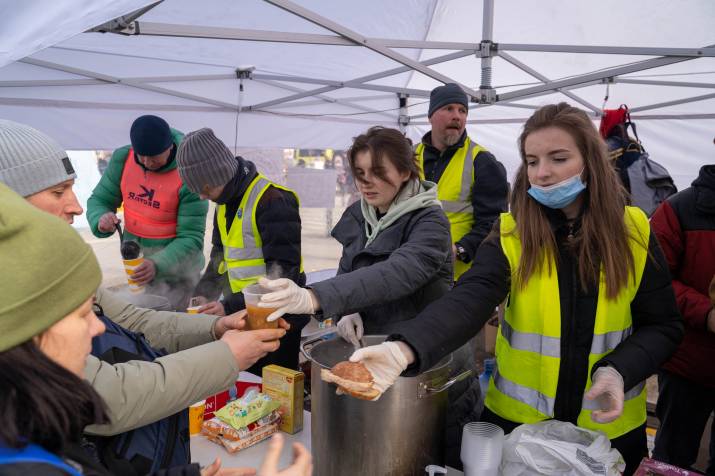Toxins of Misinformation

Western media outlets have always hailed their integrity, impartiality, professionalism and commitment to the industry code of conduct. But practice on the ground reveals that they are paying lip service and have sunk into the quagmire of misinformation, lies and bias.
In the ongoing Russia-Ukraine conflict, warplanes, rockets, missiles and artillery units are not the only weapons in use. An information war is proving no less fierce than the fighting taking place on the ground.
The information war is being employed not just to affect the morale of the opposite side, but also to present a different version of the same story with the aim of rallying internal and external support to what each side claims to be the truth about the nature of the conflict.
Amid inconsistencies in Western media reporting and coverage, skepticism is taking the lead. Those following the conflict have been disconnected from the real picture, which will surely have political and economic repercussions across the globe.
Different narratives
While Russian state media call it a military operation, Ukraine and NATO are talking about a Russian strike of a neighboring country. The narrative on both sides is black and white in the sense that each party is depicting itself as the victim and the other as the aggressor.
Ukraine speaks of a full-fledged war waged by Russia. President Volodymyr Zelenskyy is using social media to promote nationalism among his people. Media outlets tell stories of ordinary citizens who opted to get involved in the battles. The information in Ukraine is all about brave citizens fighting for their country and for Europe as well.

Meanwhile, Ukraine intends to address people inside to strengthen national unity and people outside to get public sympathy and support.
So far, the media in the U.S. and Europe are backing the Ukrainian narrative. Strangely enough, at a time when the West is criticizing Russia for having a strong control over the flow of news, sanctions imposed by the EU include taking Russian news outlets RT and Sputnik off-air and offline in EU countries. Does that not go against the rules governing free expression?
Without fact-checking, the Western media amplify their own messages while downplaying the Russian side of the story. In a podcast on media reporting in Ukraine, U.S. TV host Jon Stewart said that the reporting is no longer about what is happening, but is actually about shaping the news.
“Russia could have lost as many as 15,000 troops in Ukraine,” announced The Washington Post. “Putin humiliated as captured bomber pilot says, ‘we have already lost this war,'” reported the UK’s Daily Express.
U.S. Newsweek magazine reported that a “captured Russian pilot said he was ordered to hit civilians,” which, if true, makes the reader wonder if he was tortured into making the admission, but this ethical aspect is not pursued.
The Western media have also played a role in misleading the Ukrainians. They highlight Western financial and military support and the sanctions the West is imposing on Russia, while telling Ukrainians to stay the course. Almost no Western reporter talks about deescalation or peace.
Racial prejudice
“The war on Ukraine has highlighted racial prejudice in the West, mirrored in the Western media, exposing an odd rule of thumb—that the Ukrainians are superior to Ethiopians, Middle Easterners, and other victimized souls,” Egyptian columnist Azza Radwan Sedky wrote in Al-Ahram Weekly.

Western media report that 4.2 million Ukrainians have been displaced, whether within their country or abroad. However, while 5.2 million Yemeni children are at risk of starvation, and 85,000 have already died of hunger, Western media lend very little coverage to the conflict in Yemen, Sedky said.
Although 1,100 civilians have died in Ukraine, as many as 500,000 people have died from war and famine in the Tigray Region of Ethiopia over the last 16 months. But coverage of the Ethiopian War is non-existent in Western media.
“Western outlets consider the Ukraine war to be worthy of coverage and deserving of the sympathetic ear of the public while minimal attention is spent on similar issues elsewhere,” Sedky wrote. “By not focusing on all the other crises, they deem them insignificant and let the world assume they don’t exist, sending a biased message.”
“It’s very emotional for me because I see European people with blue eyes and blonde hair being killed,” as Ukraine’s Deputy Chief Prosecutor David Sakvarelidze put it.
The media have followed a similar approach. “These are not refugees from Syria; these are refugees from Ukraine… They’re Christian; they’re white. Then, they’re very similar to us,” Kelly Cobiella, a U.S. NBC News correspondent, said.

Philippe Corbé, a journalist on the most-watched French TV news channel BFM TV, said, “We’re not talking here about Syrians fleeing the bombing of the Syrian regime backed by Putin; we’re talking about Europeans leaving in cars that look like ours to save their lives.”
“They seem so like us. That’s what makes it so shocking,” wrote Daniel Hannan in Britain’s The Telegraph. “War is no longer something visited upon impoverished and remote populations. It can happen to anyone.”
U.S. CBS News correspondent Charlie D’Agata said that “this isn’t a place, with all due respect, like Iraq or Afghanistan that has seen conflict raging for decades. This is a relatively civilized, relatively European—I have to choose those words carefully, too—city where you wouldn’t expect that, or hope that, to happen.”
Hoda Osman, President of the New York-based Arab and Middle Eastern Journalists Association, said in an interview with the U.S. news network CNN, “What is sad this time is that the [offending] comments came so casually, spontaneously, and as a result revealed an existing bias, something we would expect a journalist covering an international event to be above.”
In the face of crisis, media should help further rational discussion and document the truth. Though it is almost impossible to achieve complete objectivity, the Western media’s coverage of this particular war runs counter to their declared goals, and raised thorny questions about how false and unproven content should be handled during wartime.
Western media outlets have always hailed their integrity, impartiality, professionalism and commitment to the industry code of conduct. But practice on the ground reveals that they are paying lip service and have sunk into the quagmire of misinformation, lies and bias. As a result, the general public must be wary of what they are presented with and how it is presented, and learn to sift through the information overload to draw sober and clear-headed conclusions.
 Facebook
Facebook
 Twitter
Twitter
 Linkedin
Linkedin
 Google +
Google +










